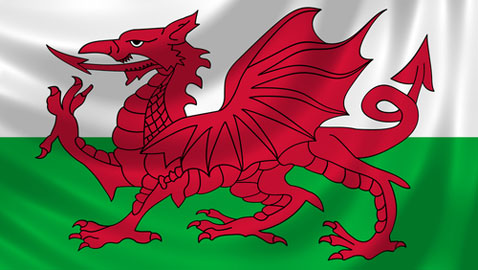The average house price in Wales was £900 lower in July than in June, representing a fall of 0.6% over the month.
The latest LSL Property Services/Acadametrics house price index for Wales reported that this is the third month in succession in which prices have fallen by 0.5% or more.
Over the last 12 months, there have been six months in which prices have risen and six months in which prices have fallen, but overall, the monthly price rises have been greater than the falls.
Richard Sexton, director of e.surv, part of LSL Property Services, said: “Life has become markedly easier for Welsh first time buyers in 2012, but particularly so over the last couple of months. More new buyers have been able to access mortgage finance, which has jumpstarted the lower end of the market. It’s in stark contrast to England, where first-timer numbers have actually fallen since the end of March. Welsh buyers do have an advantage because first time buyer property in Wales is cheaper than elsewhere in the UK, meaning the deposits required aren’t quite as large. Two thirds of all first time buyer purchases in July were for properties worth under £125,000.
“First time buyers are the lifeblood of any housing market. The long term recovery of house prices is tied inextricably to how well new buyers fare. The fact that life is becoming marginally easier for them certainly bodes well for the future. But we shouldn’t get carried away just yet. Until the coalition cooks up a successful recipe for growth, house prices will remain broadly flat. It’s a similar story to the English and Scottish markets: all are hamstrung by a weak economy.
“Welsh house sales are still only 48% of what they were in the first half of 2007. And when the economy flounders, lenders toughen criteria on high loan-to-value mortgages and focus on protecting their balance sheets. That’s why equity-rich home buyers continue to represent a larger share of sales than they would in a healthy market. Areas such as Vale of Glamorgan, where there are more affluent buyers, have seen the biggest rise in house prices because of the higher demand for property. But on the flip side, less affluent areas have seen prices fall because it is harder for lower income buyers to access mortgage finance, which has reduced demand and dragged down prices.”
Sexton added: “The fortunes of the market over the rest of 2012 will depend heavily on the government’s Funding for Lending scheme, which aims to provide banks with cheaper funds and, therefore, with more high loan-to-value mortgages. Banks and mutuals are already reporting that the scheme has encouraged them to up their lending targets for the next six months.”
Dr Peter Williams, chairman of Acadametrics, said: “What prospects do we foresee for the remainder of the year? Although the government has announced a number of house building initiatives to help kick start the economy, these activities will not have much influence on the housing market over the next five months.
“The main factors which are currently affecting the market are the difficulties in obtaining mortgage finance, with the lenders looking for high deposit levels and sound credit ratings, and the uncertainties of the current economic climate, which are not conducive to building consumer confidence. These factors account for the current historically low level of housing transactions which, in the first seven months of 2012, are still some 52% down on the level of transactions seen in the first seven months of 2007, despite the 2% pick-up in sales compared to last year.
“Given that we do not anticipate significant change in the banks and building societies lending requirements, we can only conclude that the housing market will continue to operate at half speed, with little change in house price behaviour from the first half of this year.”
